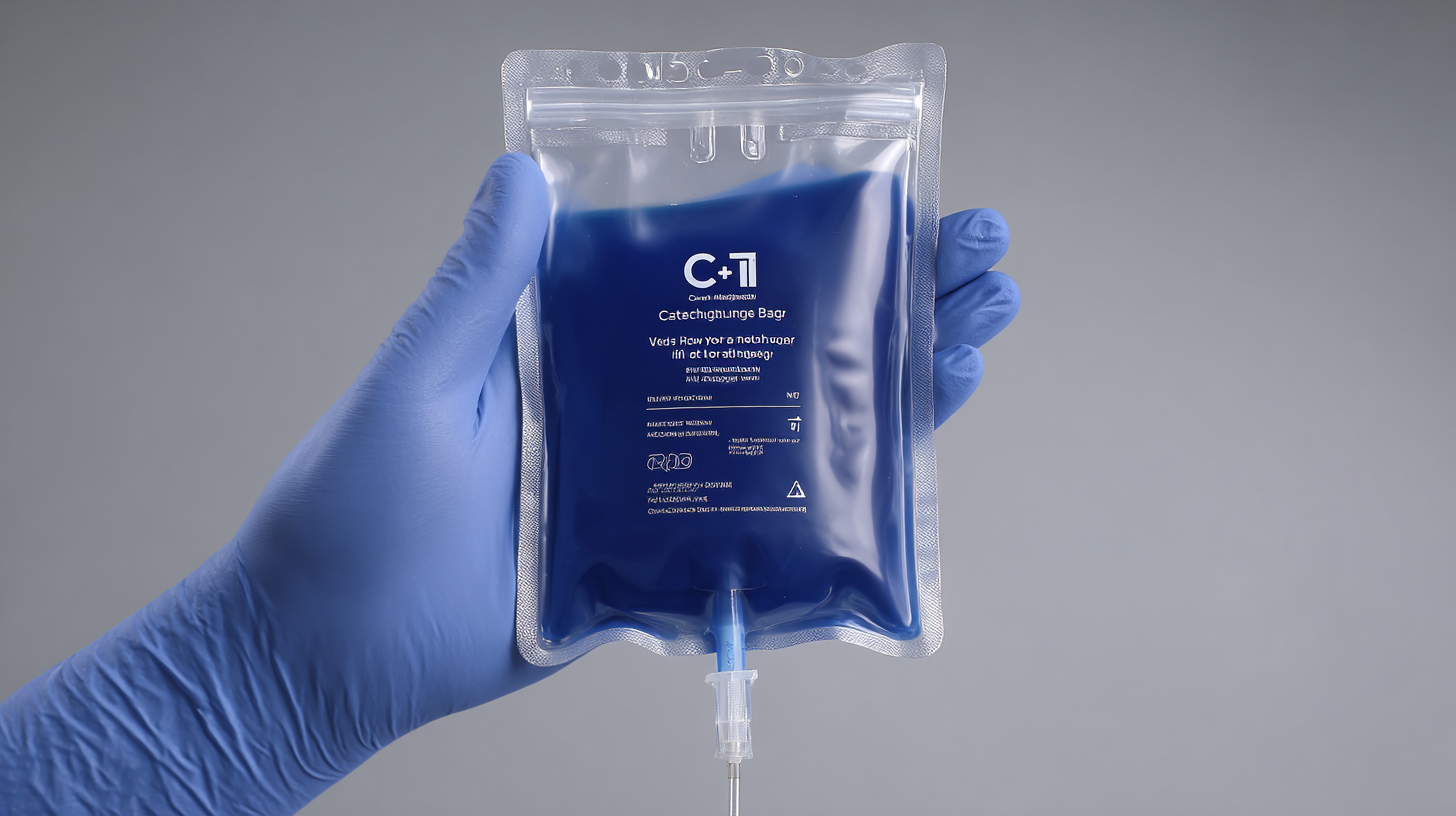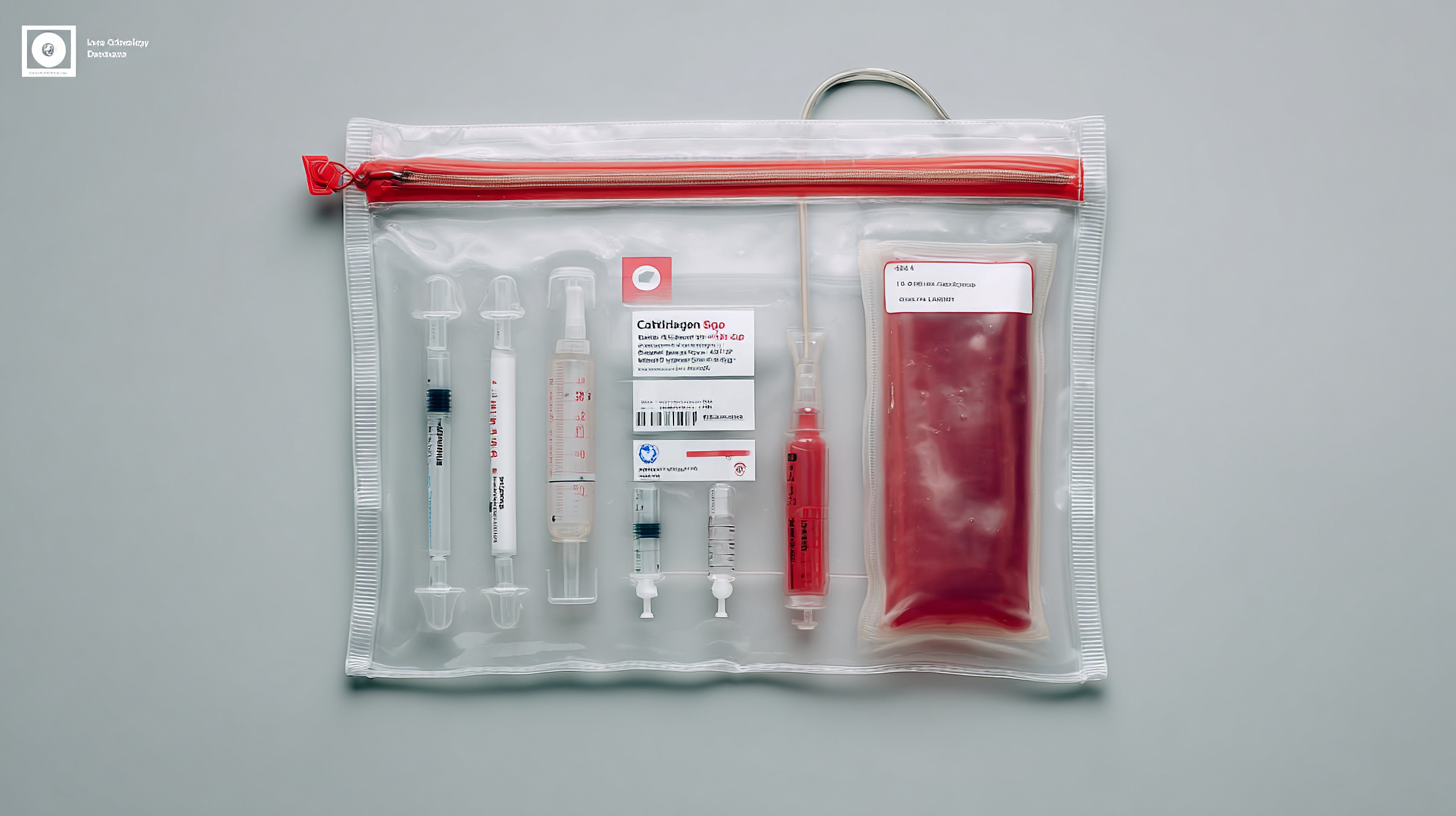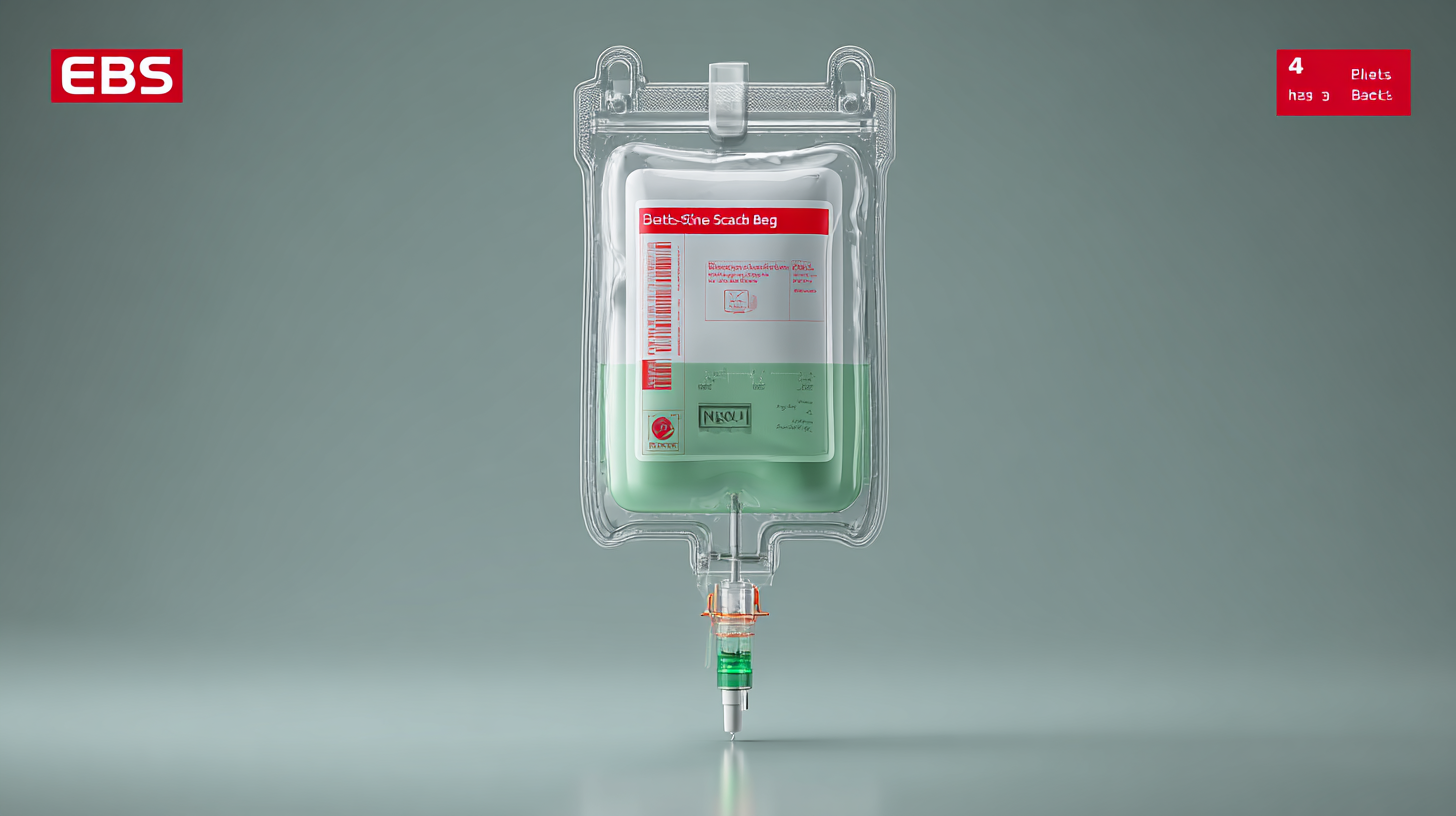
Solutions for Choosing the Right Catheter Bag for Your Needs
In recent years, the demand for high-quality Catheter Bags has surged globally, driven by an increasing prevalence of chronic conditions requiring catheterization, as reported by the World Health Organization. According to a 2021 market analysis by Grand View Research, the global catheter bags market was valued at approximately $1.2 billion and is expected to expand at a compound annual growth rate (CAGR) of 5.2% from 2022 to 2028. This significant growth highlights not only the importance of proper choices in catheter products but also the necessity for manufacturers to focus on quality and reliability.

As China emerges as a leader in manufacturing, exporting catheter bags that meet rigorous international standards, it is imperative for consumers to understand their specific needs. By evaluating the various types of catheter bags available, medical professionals and patients alike can ensure optimal health management while benefiting from innovative solutions tailored to individual requirements.
Understanding the Different Types of Catheter Bags Available on the Market
When it comes to selecting the right catheter bag, understanding the different types available on the market is crucial. There are primarily two categories of catheter bags: leg bags and bedside bags. Leg bags, designed for mobility, can be discreetly worn under clothing. They are typically smaller in size, holding less urine which makes them suitable for daytime use, allowing users to maintain an active lifestyle without feeling burdened. It’s essential to consider the strap system and the size that fits comfortably against the leg to prevent any discomfort or mobility issues.
On the other hand, bedside bags are ideal for overnight use. These larger bags can hold greater volumes of urine and are designed to be securely attached to a bedside stand. They often feature a graduated scale for easy monitoring of urine output. Users should consider the length of the drainage tube and the placement of the bag to ensure comfort and accessibility during their use. Understanding the specific features of each type ensures that individuals can select a catheter bag that aligns with their daily routine and lifestyle needs.
Solutions for Choosing the Right Catheter Bag for Your Needs
Factors to Consider When Choosing a Catheter Bag for Personal Needs
Choosing the right catheter bag is crucial for comfort and health. There are several key factors to consider when selecting a bag that suits your personal needs. One of the primary considerations is the size of the bag. Smaller bags are more discreet and easier to manage, especially for those who remain active. However, larger bags may be necessary for individuals who require a longer wear time or have mobility constraints.
Another important factor is the type of drainage system. There are two main types: leg bags and bedside bags. Leg bags are designed for mobility and can be discreetly worn under clothing, while bedside bags are ideal for overnight use due to their larger capacity. It’s essential to evaluate your daily routine and choose a bag that fits your lifestyle.
**Tips:** Always check for comfort features such as adjustable straps or soft edges, which can greatly enhance your experience. Additionally, consider the material of the bag—latex-free options are available for those with sensitivities. Finally, remember to consult with your healthcare provider for personalized recommendations that cater to your specific medical needs.
Solutions for Choosing the Right Catheter Bag for Your Needs
| Factor | Consideration | Advantages | Disadvantages |
|---|---|---|---|
| Size | Select based on drainage needs | Enhanced comfort and fewer changes | Size may not be suitable for all users |
| Material | Choose hypoallergenic materials | Reduced risk of irritation | Higher costs for specialty materials |
| Capacity | Determine based on usage frequency | Fewer bag changes during the day | Larger bags can be bulky |
| Drainage Features | Evaluate ease of emptying | Easier hygiene management | Complex mechanisms may fail |
| Wear Time | Choose based on recommended usage time | Convenient for day-long wear | May cause skin issues if worn too long |
The Importance of Material Quality in Catheter Bag Manufacturing
When selecting a catheter bag, the material quality can play a pivotal role in ensuring patient comfort and safety. According to recent studies, superior materials can reduce the risk of complications such as urinary tract infections (UTIs) by up to 30%. High-quality catheter bags are typically made from medical-grade polymer materials that resist kinking, tearing, and bacterial colonization, which are crucial characteristics for maintaining hygiene and durability.
When choosing a catheter bag, consider the following tips: First, opt for bags that are specifically labeled as ‘latex-free’ to prevent allergic reactions. Second, check for bags that feature a smooth surface to minimize friction against the skin, thus enhancing comfort for long-term use. Lastly, look for bags with a secure sealing mechanism to prevent leaks, which can lead to skin irritation and other complications.
In addition to comfort, material quality impacts the bag's overall functionality. For example, bags made from high-performance PVC or similar materials tend to have better elongation properties, allowing for safe expansion during use. Studies indicate that the right choice of material not only enhances user experience but can also significantly cut down on healthcare costs related to treating catheter-associated complications.

How to Properly Maintain and Care for Your Catheter Bag
Proper maintenance and care of catheter bags are essential not only for individual health but also to enhance the quality of life for users. With an increasing awareness of the discomforts and potential complications associated with catheter use, including urinary tract infections and skin irritations, it is vital to adopt good care practices. According to industry reports, improper care can lead to infections in over 30% of catheter users, emphasizing the need for proper techniques in cleaning and changing bags.
To ensure optimal hygiene, users should regularly clean their catheter bags, using mild soap and water to prevent bacterial growth. They should also monitor the bag for any signs of wear or damage, replacing it as needed. In light of the rising trend towards 'zero restraint' care practices in healthcare settings, it is crucial to educate caregivers and family members on how to safely manage catheter use without incurring undue bondage. This aligns with recent initiatives, such as the implementation of community health services, ensuring that patients receive the support necessary for maintaining their dignity and autonomy in managing their health conditions.

Global Standards in Catheter Bag Production and Export Practices
When selecting a catheter bag, it is essential to consider global standards in manufacturing and export practices, as these guidelines ensure quality and safety for end-users. The advancements in catheter production technologies highlight the industry's commitment to meeting these standards. Companies are expanding their manufacturing capabilities to comply with stricter regulations while enhancing product reliability. For instance, recent mult-million dollar investments in advanced manufacturing technologies reflect the industry's focused efforts on producing high-quality catheter bags that meet the diverse needs of healthcare providers worldwide.
Moreover, the expansion of facilities in key regions underlines the importance of local compliance with international standards. With new job opportunities and increased production capacity, companies are positioning themselves to not only fulfill current demands but also to adapt to future market dynamics. As the medical device industry continues to innovate, understanding these global standards will be crucial for healthcare providers when selecting the right catheter bag suitable for their specific applications. Staying informed about manufacturing best practices can aid in making informed decisions that prioritize patient safety and comfort.
